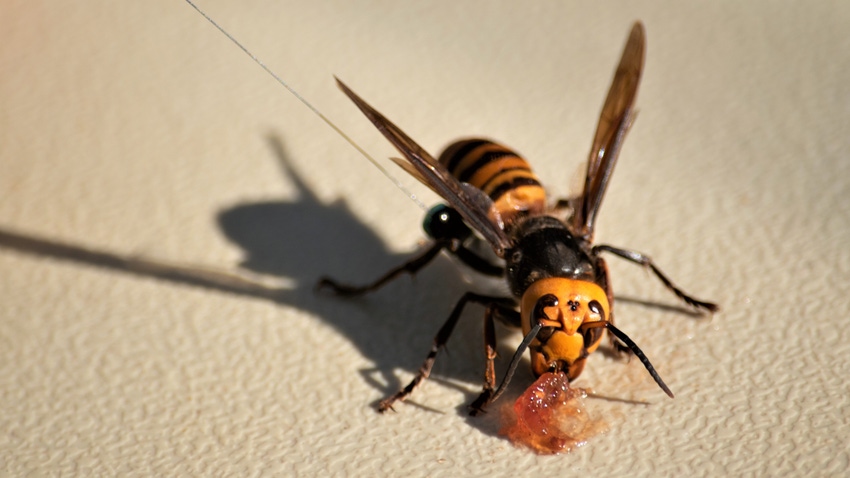December 12, 2023

An insect that was at the center of 2020 weirdness lore was nowhere to be found this year, at least for Washington state officials.
For the second straight year, the Washington State Department of Agriculture saw no sign of the northern giant hornet, dubbed by some as the “murder hornet.” The insect – which is more of a threat to honeybees than humans -- first appeared in 2019 and additional sightings caused media fervor during the height of the COVID-19 pandemic three years ago.
About 800 traps for the hornet are being removed this month as state officials are completing their annual pest survey season, the WSDA reports. Other agencies and community groups had set an additional 200 traps in Whatcom County, near the Canadian border.
“While we appear to be heading in the right direction, there is still work to be done to make sure these hornets have not established here,” Greg Haubrich, WSDA’s Plant Protection Assistant Director, said. “It is possible the hornets could be out there. We still need the community’s continued support to report suspected sightings and participate in our citizen science trapping program next year.”
The hornet – Vespa mandarina -- is not yet considered eradicated. Federal guidelines require three consecutive years without a confirmed detection to declare the hornets eradicated.
State entomologists first confirmed a sighting of the hornet when a resident in Whatcom County reported a dead specimen in Dec. 2019. In 2020, WSDA entomologists found and eradicated the first-ever northern giant hornet nest in the United States, followed by three additional nests in 2021. All nests were located east of Blaine.
The pest was originally referred to as the Asian giant hornet until the WSDA in 2020 announced it was honoring the Entomology Society of America's new name for the species. Scientists are trying to get away from naming insects using geographic regions.
Vespa mandarina are are the world’s largest hornet and prey on honey bees and other insects. These hornets may attack honey bee hives in the late summer or early fall. A small group of Asian giant hornets can kill an entire honey bee hive in a matter of hours.
The northern giant hornet is just one of more than 130 species that WSDA’s Pest Program looks for each year. These pests pose a threat to the state’s agricultural industry, though many have not yet been found in the state.
Source: Washington State Department of Agriculture
About the Author(s)
You May Also Like






